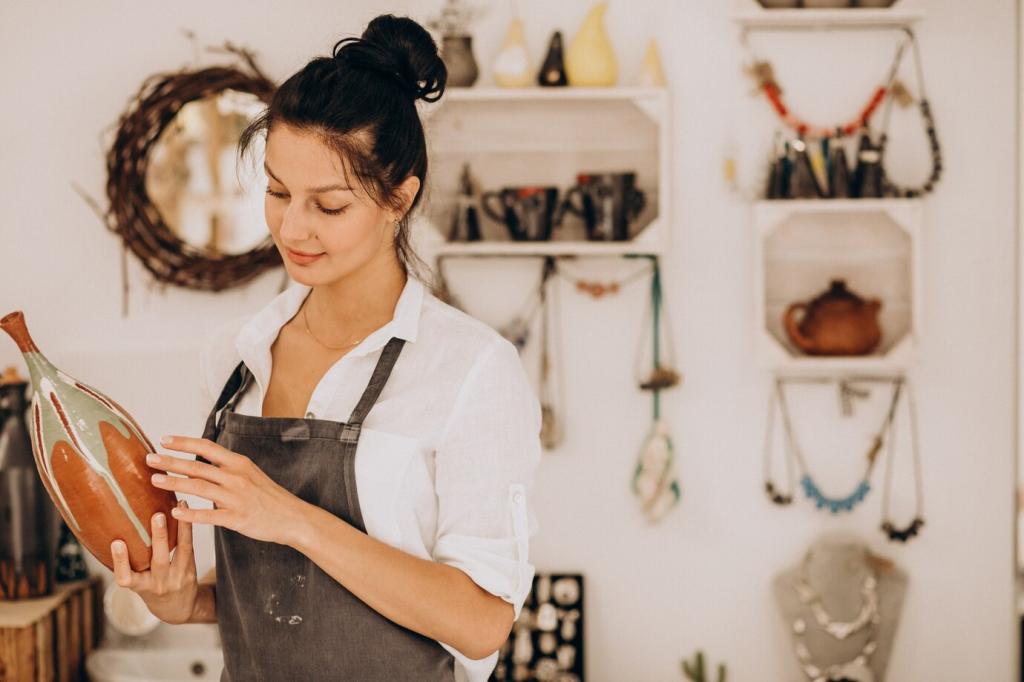Cold Brew, Step by Step
Use a very coarse grind and a strong 1:5 ratio for concentrate, like 100 grams coffee to 500 grams water. Stir to saturate, then cover. Share bean origins that taste magical in cold brew so we can build a community favorites list.
Cold Brew, Step by Step
Refrigerate or counter-steep for 12–18 hours. Cooler temperatures need more time. Shorter steeps skew brighter; longer steeps add chocolatey depth. Taste midway to learn. Comment with your preferred steep window and why it works for your mornings.
Cold Brew, Step by Step
Strain through a fine mesh, then a paper filter for clarity. Dilute concentrate 1:1 or to taste. Add ice, milk, or a citrus twist. If sediment bothers you, try a cloth filter. Subscribe for weekly experiments, and report your best summer recipes.







